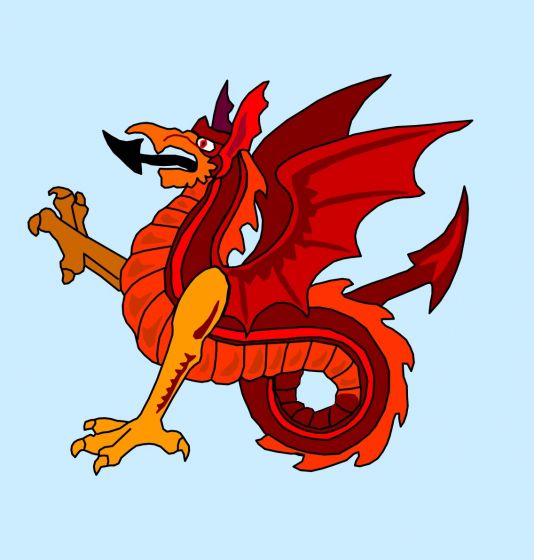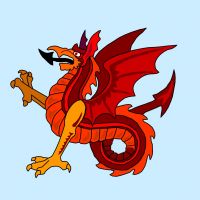
Wyvern
Wyvern
About
- Username
- Wyvern
- Joined
- Visits
- 3,142
- Last Active
- Roles
- Member
- Points
- 5,368
- Rank
- Cartographer
- Badges
- 24
-
Annual 1, issue 7 -Modern Caves map. My example after the Live Mapping session
This is looking a lot better to my eye, especially the trilithons.
Not sure about the rather bright Stone of Sacrifice now though, and those colourful small diamond shapes (leaves?) seem very "floaty" to me, as if they're suspended in mid-air somehow. It almost looks as if some are on a higher Sheet than the stones, but I think that may be an illusion because of the dark Tomb Outline that looks like a stronger shadow than any being cast by the surface stones. So I'm seeing that as being a shadow, and the "leaves" aren't being shaded by it, so must be "above" it. Not sure how that might best be resolved, or indeed if it's not just me...
-
Mushroom Symbols
If you can live with top-down view of mushrooms, there are plenty of options among the Dungeon Designer symbols for CC3+, and the add-ons for DD3 from various issues of the Cartographer's Annual. You should also check out the free downloadable Vintyri symbol collections as well.
If you want side-on views, that may be more difficult. However, Symbol Set 1 has a couple of options among its Handdrawn symbols, and there may be a few more elsewhere that I've not come across yet. You could also look at some of the styles with simpler tree drawings, and experiment with varicolor versions of those that look sufficiently mushroom-like. Might have to get creative though!
-
Walls with teeth
See this topic elsewhere on the Forum.
-
Community Atlas Where ?
Sue, when I checked the FCW, the doors actually look fine at some closer resolutions, but if you zoom out to view the full map, the shadows vanish. If you compare the JPEGs Jim and I posted, you'll see Jim's show the doors without shadows, while mine shows the same doors WITH them, yet we were both using the identical FCW file. That suggests it's actually a rendering effect, rather than anything objectively "real".
-
CA style development - "Darklands City" (issues for September and December 2021)





